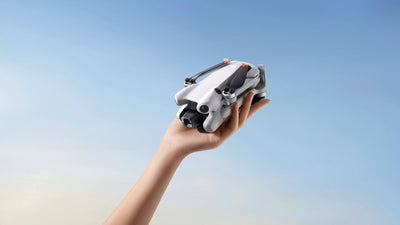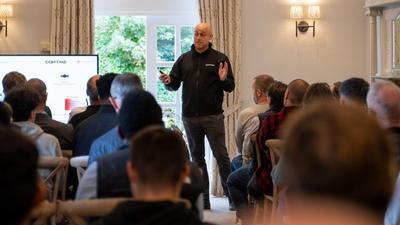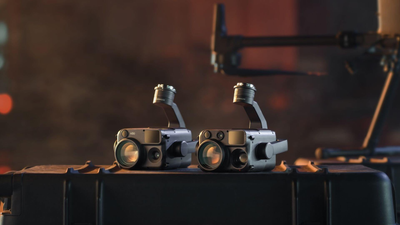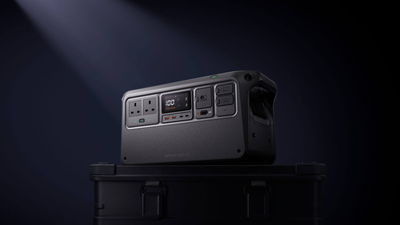Where Do Drones Come From?
- by Stefan Gandhi
To the modern hobbyist, drones might feel like a 21st-century marvel: sleek quadcopters with HD cameras and app-based controls. But the roots of these flying machines stretch far deeper than most realise. Long before drones became the ultimate tech toy or the go-to gadget for aerial photography, humanity was experimenting with unmanned flight for both wonder and warfare. The journey of drones is a story of innovation, imagination and incremental triumphs that span over two centuries.
Lifting Off: The Balloon Age (1780s to 1850s)
The tale begins not with propellers or circuits, but with hot air. In 1783, the Montgolfier brothers launched an unmanned hot-air balloon in France, proving flight without a pilot was possible. Military minds soon saw potential: in 1849, the Austrian army launched explosive-laden balloons over Venice, the first recorded use of unmanned aerial weapons. Though unpredictable due to wind, these balloon bombs marked the beginning of UAVs in warfare.
Around the same time, French photographer Gaspar Felix Tournachon attempted aerial photography from a balloon, hinting at peaceful applications of unmanned flight. These early trials planted the seeds of both military and creative drone use.
Foundations of Control: The Remote Revolution (1890s)
By the late 19th century, visionaries began experimenting with remote control. In 1896, Alfred Nobel launched an unmanned rocket carrying a camera, a bold fusion of imagery and flight. Just two years later, Nikola Tesla astounded onlookers by wirelessly guiding a model boat in New York. This demonstration of radio control laid the foundation for future aerial drones.
Uncrewed flight, remote guidance and onboard cameras were no longer fantasy. The drone concept was coalescing, ready for the coming century.
From Idea to Arsenal: World War I Innovations (1914 to 1918)
The urgency of war accelerated development. In Britain, Archibald Low worked on a radio-controlled monoplane to intercept enemy Zeppelins. In the U.S., inventors created pilotless "flying bombs" like the Kettering Bug, a rudimentary UAV designed to hit targets without risking a pilot. Though these inventions arrived too late for active use, they proved that drone-like aircraft could be built and guided.
The Queen Bee and the Birth of the 'Drone' (1920s to 1930s)
Between wars, drones found a new role: safe training for gunners. Britain introduced the DH.82B Queen Bee, a radio-controlled aircraft used as a live target. It wasn’t just innovative, it was influential. The term "drone" is believed to have been inspired by this aircraft, a nod to the drone bee serving a queen.
The 1930s also saw early ideas of streaming video from drones, courtesy of engineers like Kálmán Tihanyi. These concepts would re-emerge in modern consumer drones, enabling live feeds from the sky to our smartphones.
WWII: From Training Tools to Tactical Weapons
The Second World War turned drones into indispensable military tools. Germany's V-1 flying bomb demonstrated the damage an unmanned aircraft could inflict. On the Allied side, actor-turned-aviator Reginald Denny produced thousands of radio-controlled target drones for the U.S. Army.
Projects like Aphrodite even experimented with TV-guided drones packed with explosives. Though risky and often ineffective, these missions introduced the notion of real-time visual guidance, a core feature of today’s hobby drones.
Cold War: Eyes in the Sky (1950s to 1970s)
Post-war, the drone's role shifted to reconnaissance. Modified target drones like the MQM-57 Falconer gathered battlefield intelligence. During the Vietnam War, the U.S. deployed thousands of Ryan Lightning Bug drones for surveillance.
Israel, recognising the tactical potential of UAVs, developed systems like the Scout and Mastiff. In the 1982 Lebanon War, these drones gave Israeli forces a crucial edge, offering real-time video and acting as radar decoys. Their success signalled to the world that drones were battlefield game-changers.
UAVs Grow Up: The 1990s and 2000s
By the 1990s, drones were indispensable in modern warfare. The Gulf War saw round-the-clock UAV surveillance. Israeli engineer Abraham Karem helped pioneer the long-endurance Predator drone, which could transmit real-time video across continents.
When armed with Hellfire missiles in the early 2000s, the Predator became a symbol of the new warfare era: remote, precise and ever-present. Militaries around the globe soon adopted similar systems.
Drones Go Civilian: From Combat to Creativity
The mid-2000s marked a turning point. Advances in sensors, batteries and mobile tech brought drones into civilian hands. Parrot's AR.Drone and DJI's Phantom series made it possible for hobbyists to capture cinematic aerial footage with little effort.
From farming to filmmaking, drones revolutionised workflows and unlocked creative potential. Enthusiasts found new ways to explore the skies, from racing through forests to photographing remote landscapes. Suddenly, drones weren’t just tools, they were companions for creative expression.
Drones Today: The Hobbyist's Playground
Today’s drone hobbyist enjoys the fruits of centuries of innovation. Whether flying a compact quadcopter for fun or capturing cinematic scenes with a GPS-stabilised camera drone, users tap into a rich legacy.
Regulations and technology have matured, making drones safer and more accessible than ever. Live-streamed flights, intelligent flight modes and collision sensors have democratised aerial photography and flight itself.
Final Thoughts
The drone in your backpack is more than a gadget. It's a symbol of centuries of ingenuity: from balloon bombs to battlefield bots, from spy planes to selfie drones. Each phase, each pioneer, added something vital to this journey.
For hobbyists, understanding this evolution deepens the joy of flight. It connects a weekend flyer to the Montgolfiers, the Teslas, the Dennys and the Karems who all pushed boundaries. As drones continue to evolve, one thing remains clear: we are not just flying machines, but history itself.




